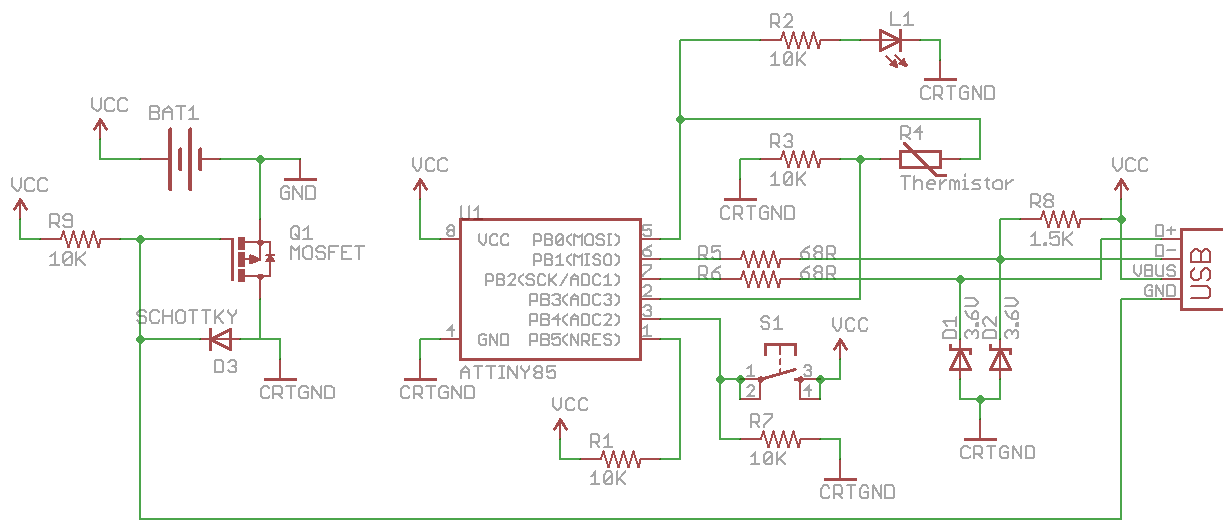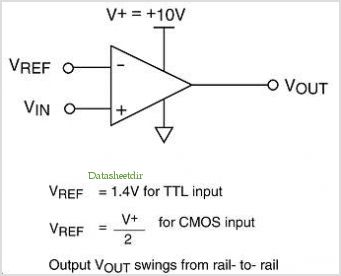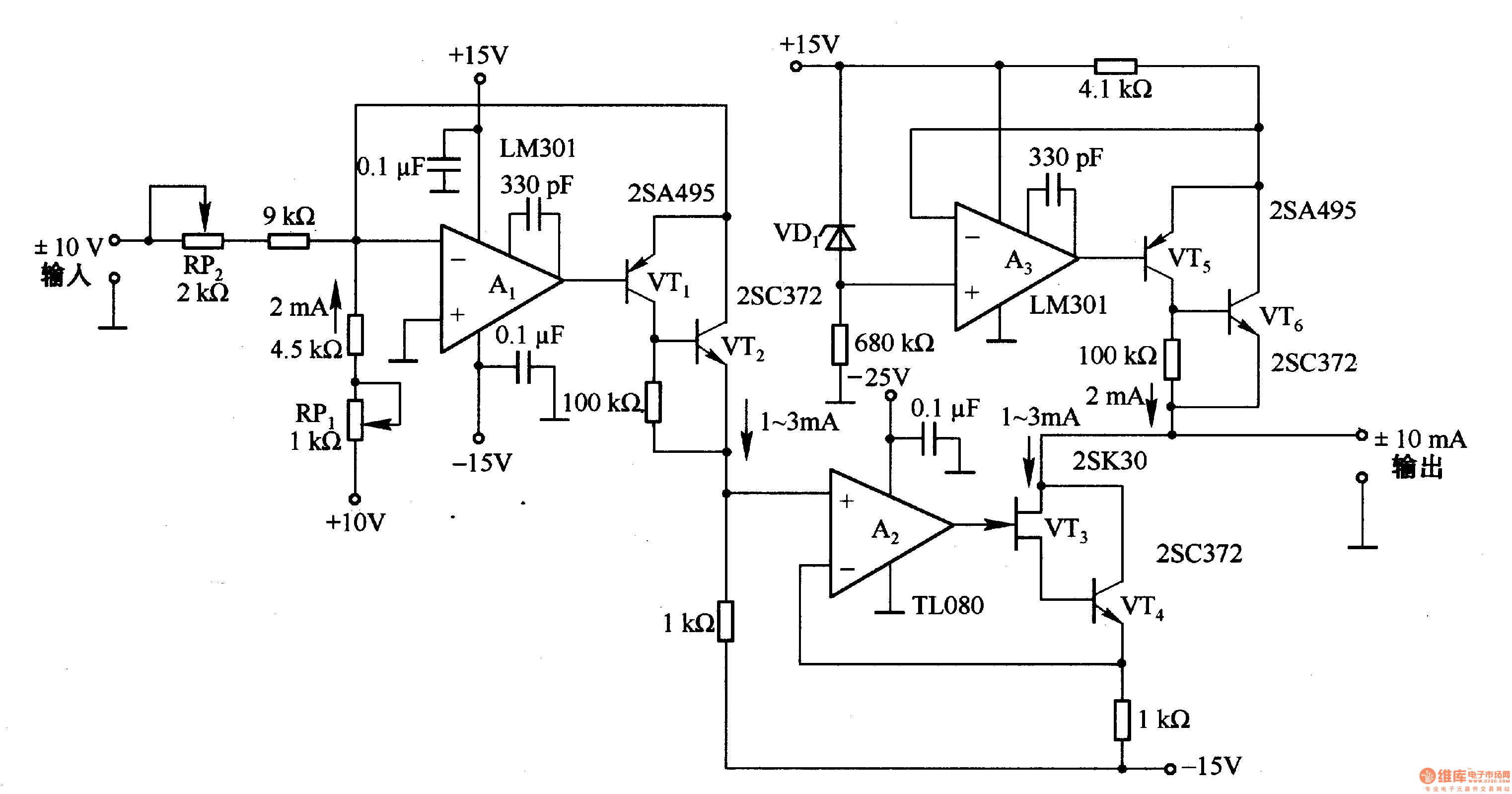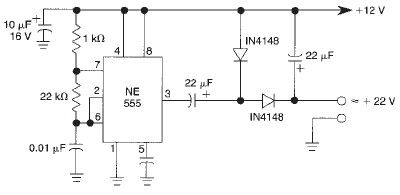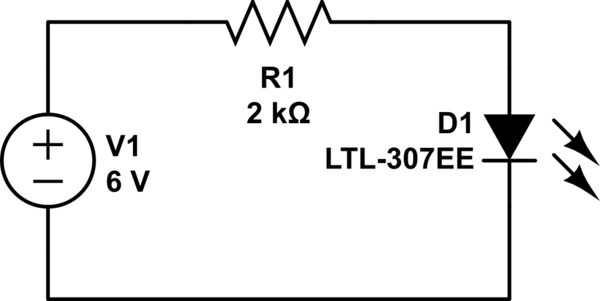
Tube for a shunt voltage regulator
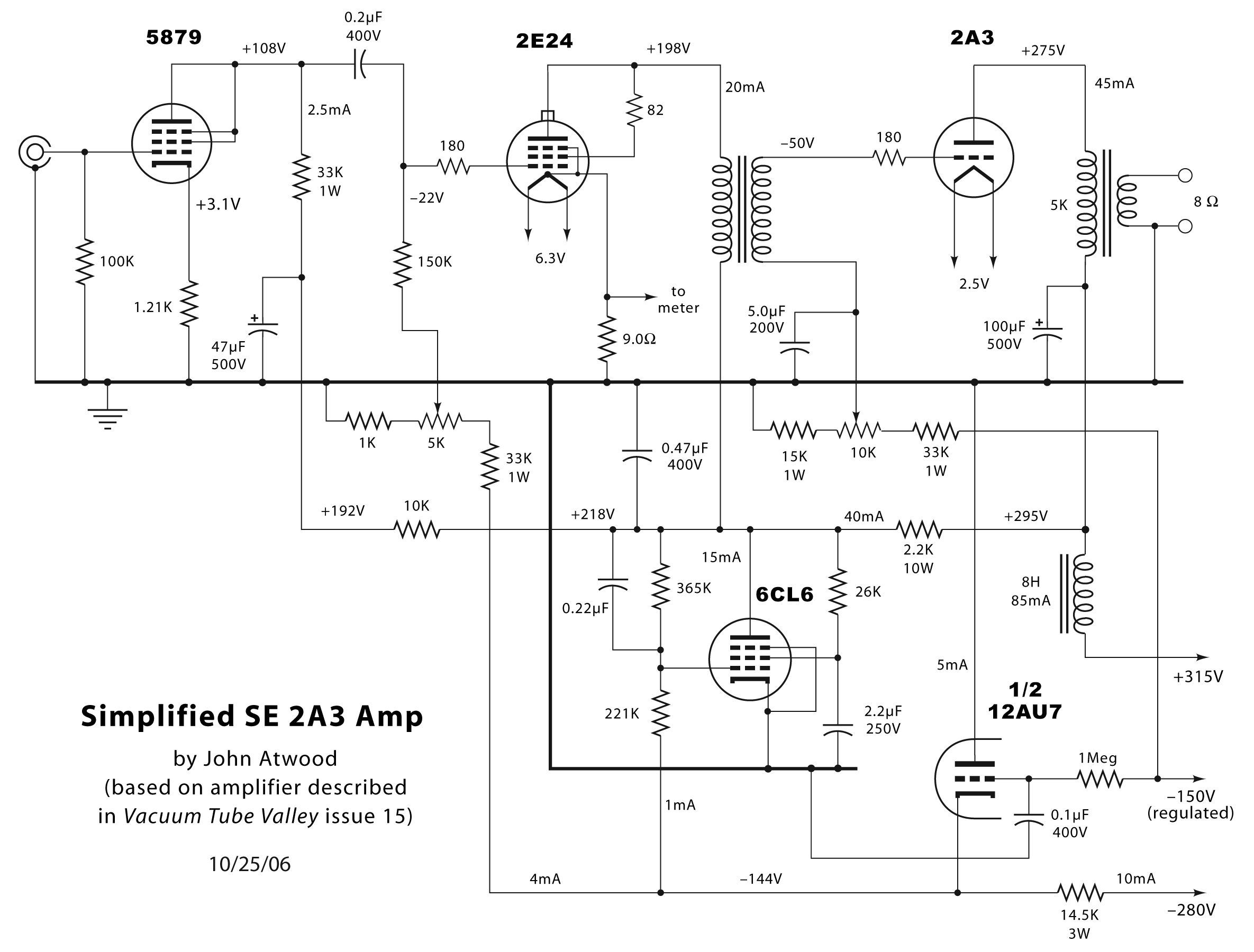
Use one FET, one Zener diode, and one resistor. The FET and resistor are unnecessary if the current is within the specifications for the Zener diode. Alternatively, a P-channel device may be used.
The described circuit configuration includes a Field Effect Transistor (FET), a Zener diode, and a resistor, which can be utilized for voltage regulation or signal conditioning applications. The FET serves as a switch or amplifier, while the Zener diode is used for voltage clamping to maintain a stable output voltage regardless of fluctuations in input voltage or load conditions.
In scenarios where the current flowing through the circuit is within the specified limits of the Zener diode, the FET and resistor components can be omitted. This simplifies the design and reduces component count, enhancing reliability and efficiency.
When a P-channel FET is selected, it can be used in high-side switching applications, allowing for control of the load connected to the positive supply voltage. The gate of the P-channel FET is typically connected to a control signal, which, when pulled low, turns on the FET, allowing current to flow from the source to the drain.
For proper operation, it is essential to reference the datasheets of the selected components to ensure they meet the voltage and current requirements of the application. The Zener diode should be chosen based on its reverse breakdown voltage, which must align with the desired output voltage level. The resistor, if utilized, should be calculated to limit the current through the Zener diode to a safe level, ensuring it operates within its specified power dissipation limits.
This configuration can be effectively employed in power supply circuits, signal processing applications, or as a part of more complex electronic systems where voltage regulation is critical. or take one FET, one Zener, and one resistor. No FET and resistor needed if the current is in the range of specs for a zener. Or take a P-channel.. 🔗 External reference
The described circuit configuration includes a Field Effect Transistor (FET), a Zener diode, and a resistor, which can be utilized for voltage regulation or signal conditioning applications. The FET serves as a switch or amplifier, while the Zener diode is used for voltage clamping to maintain a stable output voltage regardless of fluctuations in input voltage or load conditions.
In scenarios where the current flowing through the circuit is within the specified limits of the Zener diode, the FET and resistor components can be omitted. This simplifies the design and reduces component count, enhancing reliability and efficiency.
When a P-channel FET is selected, it can be used in high-side switching applications, allowing for control of the load connected to the positive supply voltage. The gate of the P-channel FET is typically connected to a control signal, which, when pulled low, turns on the FET, allowing current to flow from the source to the drain.
For proper operation, it is essential to reference the datasheets of the selected components to ensure they meet the voltage and current requirements of the application. The Zener diode should be chosen based on its reverse breakdown voltage, which must align with the desired output voltage level. The resistor, if utilized, should be calculated to limit the current through the Zener diode to a safe level, ensuring it operates within its specified power dissipation limits.
This configuration can be effectively employed in power supply circuits, signal processing applications, or as a part of more complex electronic systems where voltage regulation is critical. or take one FET, one Zener, and one resistor. No FET and resistor needed if the current is in the range of specs for a zener. Or take a P-channel.. 🔗 External reference
